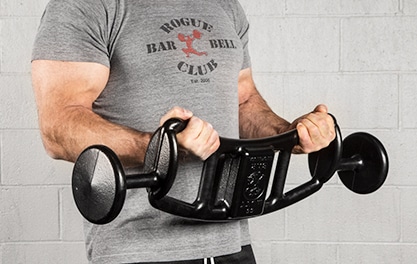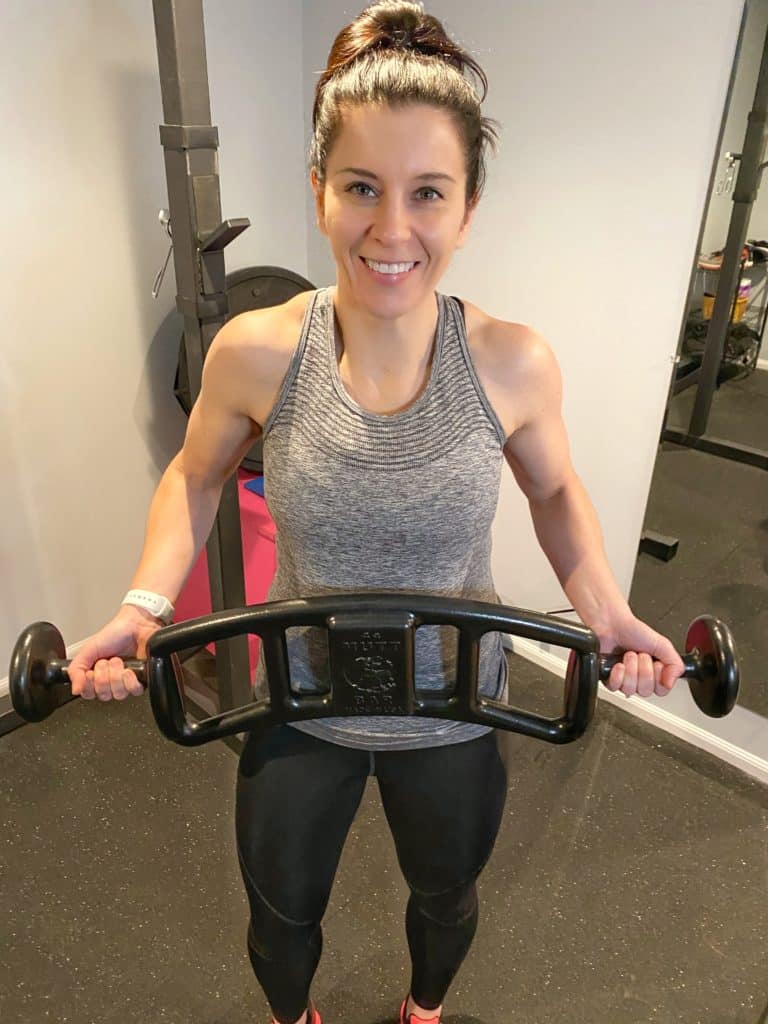Working Out While Injured + Mutt Bar Giveaway
Working Out While Injured
No matter how careful we are, injuries can be an unfortunate side effect of working out. If the injury is severe, it makes sense to rest the affected area to prevent further injury. But we don’t want to lose the gains we’ve achieved by resting for too long. So how do you balance the risk of further injury with the desire to stay in shape when you’re injured? How about working out while injured?
How To Workout While Injured

Photo by LYFE Fuel on Unsplash
Speak With Your Health Professionals
Prior to working out with an injury, it’s important to speak with your health professionals. Make sure there isn’t a severe condition that requires complete rest. Sometimes there is an underlying issue or concern that demands total abstinence from exercise.
Listen to Your Body
After speaking with your health professionals, the most important part of working out while injured is to listen to your body. If you are in moderate to severe pain, you should consult a physician. That said, if you are dealing with a common exercise injury such as a pulled muscle or strained joint (and the pain is minimal), you may be able to exercise without suffering further injury. Similarly, look for swelling and changes in appearance of the affected area. If something is bulging where it shouldn’t be, it’s probably not a great idea to workout. You need to be smart about working out while injured.
Lighter Weights
A key requirement of working out with an injury is to use lighter weights. Most exercise injuries are a result of using weight that is too heavy for a muscle or joint, resulting in failure. So, it’s important not to exacerbate the injury by going too heavy out of the gate. Start with a weight that is 90% lower than your normal weight and see how you feel. You can always add more weight as you’re able, and you won’t risk making an injury worse by overdoing it.
Take Pressure off Joints
In addition to using lighter weights, it’s extremely important to take pressure off joints that are injured or strained. Most common exercise equipment is not very good at doing this. Straight bars, for example, put an enormous amount of pressure on the shoulder joints, leading to exacerbated injuries and severe discomfort. For exercising with upper body injuries in particular, you may want to use a multi-grip barbell like the Mutt Bar. This allows you to change the position of your hands, resulting in full range of motion without joint pressure. It’s a great piece of equipment to have for working out while injured.

A multi-grip barbell like Mutt Bar can alleviate joint pressure.
Exercises for Injuries
We’ve talked about the importance of lighter weights and taking pressure off joints, but what does that mean in terms of specific exercises to perform and to avoid while injured? The short answer is, “It depends”. But there are some exercises that are better than others when you have an injury, depending on the body part that is impacted.
Shoulders
Shoulder injuries can impact a wide range of upper-body mobility. It’s important to avoid anything that might put undue pressure on your shoulder joints. You should avoid military presses and flat bench presses. Instead, focus on bent over rows and decline bench presses with an angled multi-grip barbell. This will take pressure off your joints and allow you to keep the shoulders active.
Back
Assuming your back injury is muscular (not skeletal), it is safe to exercise with light weights doing exercises that don’t involve a lot of twisting and bending. You should avoid things like spinning and rigorous swimming and opt for upright rows, low-weight deadlifts, and simple planks (you can even start the planks with your knees on the ground to take pressure off your back). If the injury is skeletal, it’s best to consult with your physician.
Legs
Leg injuries are troublesome because most of us are required to walk around during the day. This means that simply walking may be more than enough exercise to keep your leg muscles from atrophying. If you feel like you can do more, try doing low-intensity squats or slow, stationary lunges. Avoid running/sprinting, any exercises that put pressure on your joints, and any high-intensity jumping exercises like burpees and box jumps.
Groin
Groin injuries are among the most painful injuries to exercise with. This is because most exercises involve at least some twisting in that region, even if it is only to keep our balance. You should avoid anything that involves rotation in the area, such as spinning, biking, swimming, and running. Instead, try squats and stationary lunges (without a twist at the end).
Working Out With An Injury (Conclusion)
Working out with injuries requires a good amount of common sense and the ability to listen to your body. Oftentimes, we are so interested in staying in shape while injured that we take unnecessary risks, leading to more injuries and prolonged healing periods. But it doesn’t need to be that way. Starting out slowly, using lower weights, and doing exercises that take pressure off joints and other affected areas, allows you the best opportunity to stay fit while injured. Always listen to your body and do what feels right.
Mutt Bar Giveaway
Giveaway time! Here’s your chance to win a 22-pound Mutt Bar!!

To enter: Leave a comment on this blog post about your favorite way to stay active. I’ll randomly pick a winner next Wednesday (2/26) to win the Mutt Bar.
*** Get an extra entry by liking and leaving a comment on my Mutt Bar post on Instagram! Also, there is a great quickie complex workout for you to try!
Good luck!
The post Working Out While Injured + Mutt Bar Giveaway appeared first on Carrots 'N' Cake.
from Carrots 'N' Cake https://ift.tt/2HFsf3h
Comments
Post a Comment